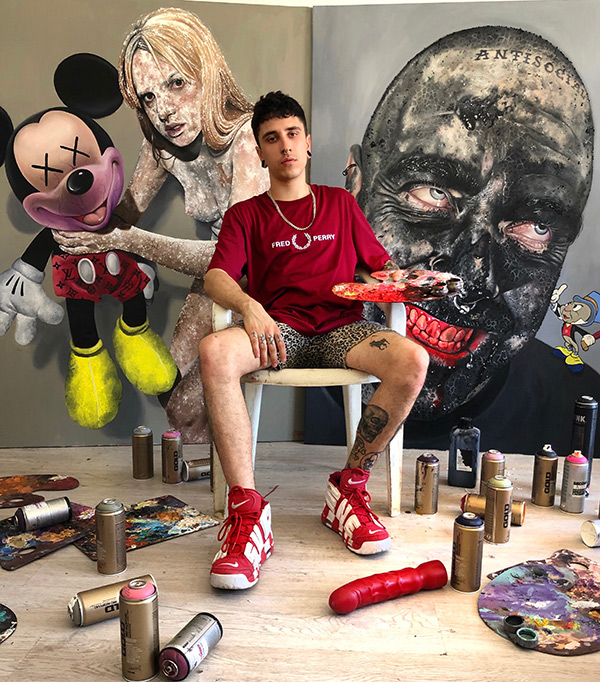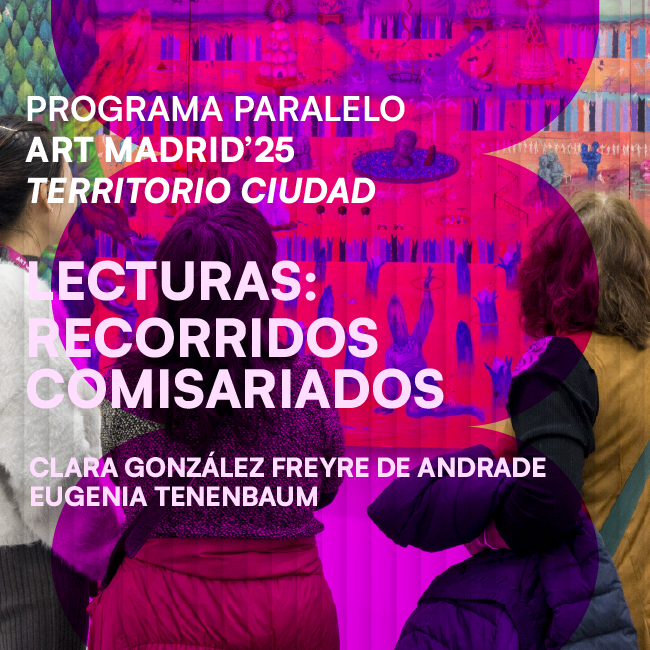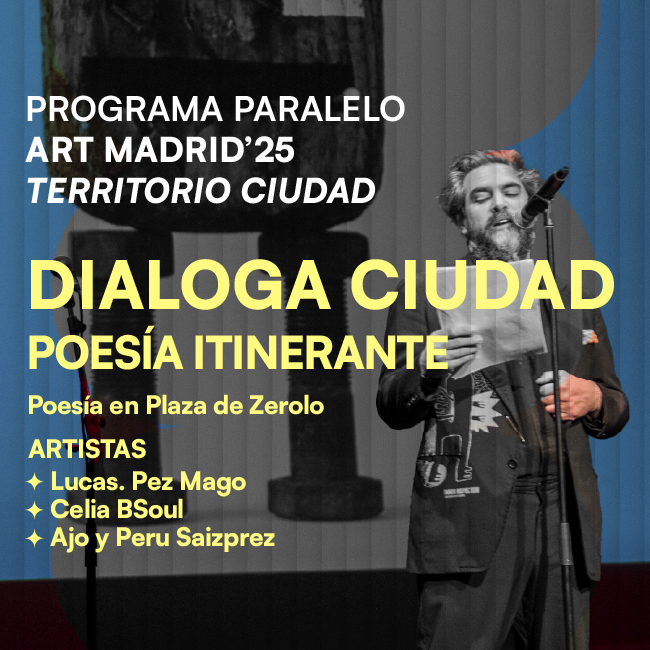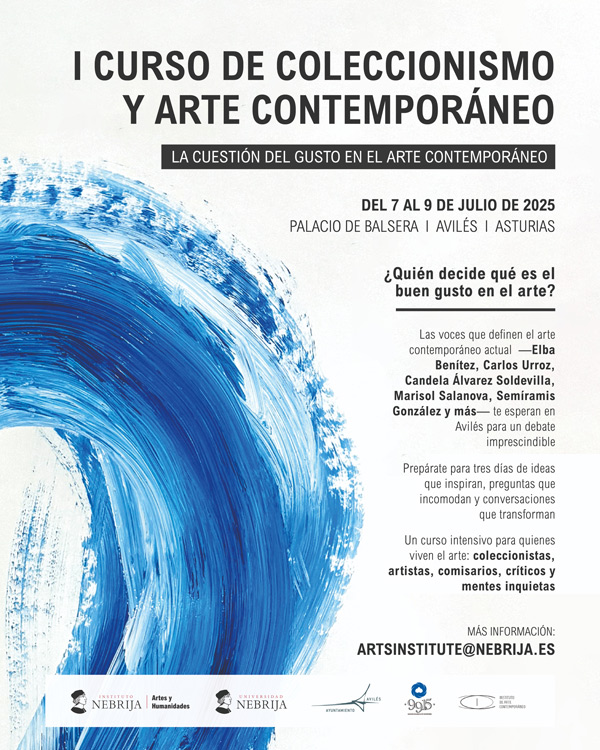INTERVIEW WITH ALBERT BONET
Feb 12, 2022
art madrid

Winner of the International Painting Prize in the Realism category at the latest edition of the FIABCN (Barcelona International Art Fair), Albert Bonet's work is characterized by an acid social criticism inspired by his closest surroundings. Through this interpretation of the world around him, this young artist shows both conceptual and technical maturity, which interferes with his work by playing with POP themes and with a markedly realistic style.
Artistically, he has been trained at the Barcelona Academy of Art. He has been selected in the DKV Young Art Contest ''Fresh Art'', where he was awarded an honorable mention at the Polytechnic University of Valencia (2015). This promising artist has two individual exhibitions to his credit, the last one last November at the Mutuo Gallery in Barcelona. He now exhibits for the first time in Art Madrid at the hands of Inéditad Galería (Barcelona).
Interview:
Tell us about your creative process
My creative process always starts with an idea, which I can come up with while walking down the street or in the bathroom of my colleague's house doing my business, and then I mature that idea for a few weeks, giving it shape, sketching a lot, and then I meet up with models, who are always people around me, my colleagues or people who are close to me, I do a photo session with them and then I edit those photos until I make a photographic montage that's quite close to the idea I had initially, always taking it to my own territory, adding social criticism, which, given the state of things in the world, is a lot of work. The last step is to paint in oils, give it shape, take the oils and lock yourself up at home until the idea comes out.
What are you working on at the moment?
Right now I'm currently working on the piece I have behind me, which is a painting that I'm going to present at Art Madrid'22 with the gallery Inéditad, and the truth is that it's been quite a challenge because I have to finish it on time and I've locked myself up at home to paint for seven or eight hours a day until it's ready. Otherwise, it won't arrive in time for the catalogue and I have to make sure it gets there. Apart from that, this year is packed with a few urban art festivals with huge graffiti, a few exhibitions in a number of places. I'll keep you posted. There are several commissions for paintings, so the year is off to a great start, full of energy. Looking forward to it.
What do you expect from your participation in Art Madrid?
Exhibiting at Art Madrid is a dream come true for me. I've been locked up at home for a long time, mentally beating myself up, painting all day long, and to be able to take my work out of Barcelona for me is already a huge dream come true. It fills me with enthusiasm and energy to continue painting and I hope to give visibility to my work, above all outside Barcelona, and step by step, to be able to make a living from it.
What inspires you when creating?
When it comes to creating, what inspires me most is my surroundings, all my surroundings. The places I go to, the objects I use every day in my house, my friends, my mates' houses, the city where I live, the cities I go to most frequently, everything that surrounds me. My everyday life is what inspires me when I create.
You are a multidisciplinary artist who started out in graffiti and tattooing. What have these two disciplines contributed to your work as a painter?
Graffiti, tattooing and painting are artistic facets that complement each other perfectly because you can apply concepts from each of them to the other. In the end they all have an individual magic that fills me a lot and I never want to stop doing any of them.
Albert Bonet participates for the first time in Art Madrid with Inéditad gallery, along side with Jaime Sancorlo, Jordi Diaz Alàma, Lautaro Oliver, Núria Farré y Raúl Álvarez Jiménez.















